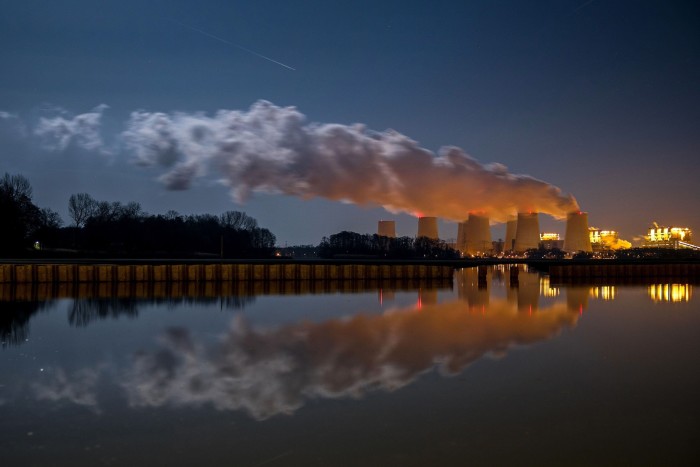Saudi Aramco to pay bumper dividend despite earnings blow

Roula Khalaf, Editor of the FT, selects her favourite stories in this weekly newsletter.
Saudi Aramco is sticking with plans to pay a bumper third-quarter dividend of $18.8bn despite failing to raise enough cash to cover the payment and a 45 per cent drop in earnings, leading to higher debt levels.
Lockdowns and travel bans triggered by the coronavirus emergency led to a drop in oil demand and crude prices, as well as refining and chemicals margins, hurting profits in the three months to September 30.
Although Saudi Arabia — the world’s largest oil exporter — believes the worst of the crisis is behind it with prices rebounding from April’s lows below $20 a barrel, Brent crude has failed to hold consistently above $40 a barrel.
“We saw early signs of a recovery in the third quarter due to improved economic activity,” chief executive Amin Nasser said in a statement.
But he warned of “challenging times” facing global energy markets and the need to “adopt a disciplined and flexible approach to capital allocation in the face of market volatility”.
The kingdom’s state energy company on Tuesday reported third-quarter net income of $11.8bn, down from $21.2bn in the same period in 2019. The figure, however, beat the $10.6bn that analysts had forecast, according to a consensus compiled by the company.
Market turmoil has rocked the sector with big oil companies forced to cut thousands of jobs, increase debt and slash dividend payouts for shareholders.
Although it has reported results that are far more resilient than international peers, Saudi Aramco — which made its stock market debut in December 2019 — still faces its toughest year in decades.
The quarterly payout of $18.8bn, the vast majority of which goes to the government, Saudi Aramco’s largest shareholder, is in line with a commitment to hand back $75bn to investors this year.
However, the dividend exceeds the free cash flow of $12.4bn that Saudi Aramco generated in the period, meaning the group’s borrowings are likely to have to rise to pay for it.
Gearing, which it defines as a measure of the degree to which operations are financed by debt, has surged from minus 4.9 per cent in the first quarter to 21.8 per cent. This is far greater than the company’s target of 5 to 15 per cent, which Neil Beveridge at Bernstein said “raises questions of sustainability”.
Saudi Aramco attributed the huge increase largely to its acquisition of a majority stake in Saudi chemicals player Sabic from the kingdom’s public investment fund this year for $69bn.
Climate Capital

Where climate change meets business, markets and politics. Explore the FT’s coverage here
The country’s biggest revenue earner is under rising pressure to cut outgoings to help buffer the kingdom, which faces a ballooning budget deficit as the pandemic and lower oil prices hit its economy.
The company is scaling back foreign expansion plans, dramatically reducing costs, extending project timelines and suspending drilling activity. It has also cut hundreds of foreign staff.
Capital spending in the three-month period fell to $6.4bn from $8.1bn a year ago.
The kingdom is part of an alliance of producer countries, including Opec nations and Russia, that seek to bolster a fragile market through record production cuts.
The curbs of 9.7m b/d, which came into effect in May, have eased to 7.7m b/d and producers are due to decide whether they can afford to unwind the restrictions further in January.
Saudi Aramco shares rose 1 per cent on the Tadawul stock exchange by mid-afternoon in Riyadh.
Twice weekly newsletter

Energy is the world’s indispensable business and Energy Source is its newsletter. Every Tuesday and Thursday, direct to your inbox, Energy Source brings you essential news, forward-thinking analysis and insider intelligence. Sign up here.
Comments